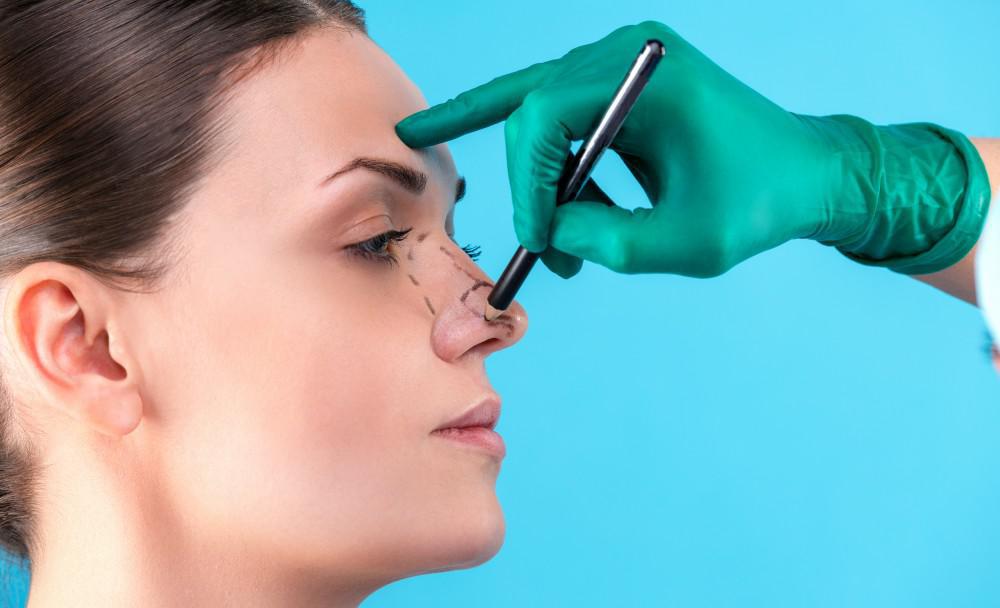
Behind breast augmentation and liposuction, rhinoplasty — also known as a nose job — is the most performed cosmetic surgery, with nearly 220,000 procedures in the United States annually. Popular perception of the procedure is often as an aesthetic surgery, done only to improve a patient’s appearance by altering the shape of their nose to bring it into proportion with the rest of their face.
However, this complex procedure isn’t always about appearance. While it’s true that rhinoplasty can play an important role in changing the look of your face, it also has a place as a technique to improve the function of the nose, something many people don’t think about until it’s stuffed with cold or allergy symptoms.
Lakeshore Ear, Nose, Throat Center is the choice in the metropolitan Detroit area when you want or need rhinoplasty surgery. Their surgeons are rhinoplasty experts, up to date with current procedures on top of years of practical experience.
The scope of rhinoplasty
Though rhinoplasty is all about the nose, each procedure can be as individual as you are. The focus of your surgery could be the bridge, nostrils, nose tip, or any of the internal structures that define your nasal passages.
There are two general approaches to nose surgery. Cosmetic rhinoplasties focus on appearance, altering the nose to reduce flaws or change proportions, balancing the way your face looks. Correcting a deviated septum is an example of a functional rhinoplasty, a procedure that focuses on helping you breathe easier.
These approaches are also compatible. You could choose to correct a structural problem when having your nose cosmetically reshaped, or you might select to change its appearance when you’re having a rhinoplasty for functional reasons.
Reasons for functional rhinoplasty
Choosing a functional rhinoplasty typically addresses structural damage or inadequacy that makes breathing more difficult. The vertical ridge of cartilage dividing your nostrils, called the septum, isn’t always centered or straight. You may have been born with this deviation, or it may have resulted from an injury to your nose. If your procedure corrects only septum alignment, it’s technically called a septoplasty.
Allergies and sinus infections could cause structures called nasal conchae to become enlarged. Also known as turbinates, these shell-shaped chambers warm and humidify incoming air. Rhinoplasty can include turbinate reduction, removing tissue to enlarge the space through which air passes.
Any condition that causes nasal obstruction can affect your life. Sleep disorders, including snoring, sleep apnea, and disturbances, that trace back to the passage of air through the nose may benefit from functional nose surgery.
Contact Lakeshore Ear, Nose, Throat Center at their location nearest you. You can call your chosen office directly, or you can request an appointment using the convenient online tool. Set up your consultation today. Breathing easier may be closer than you think!

